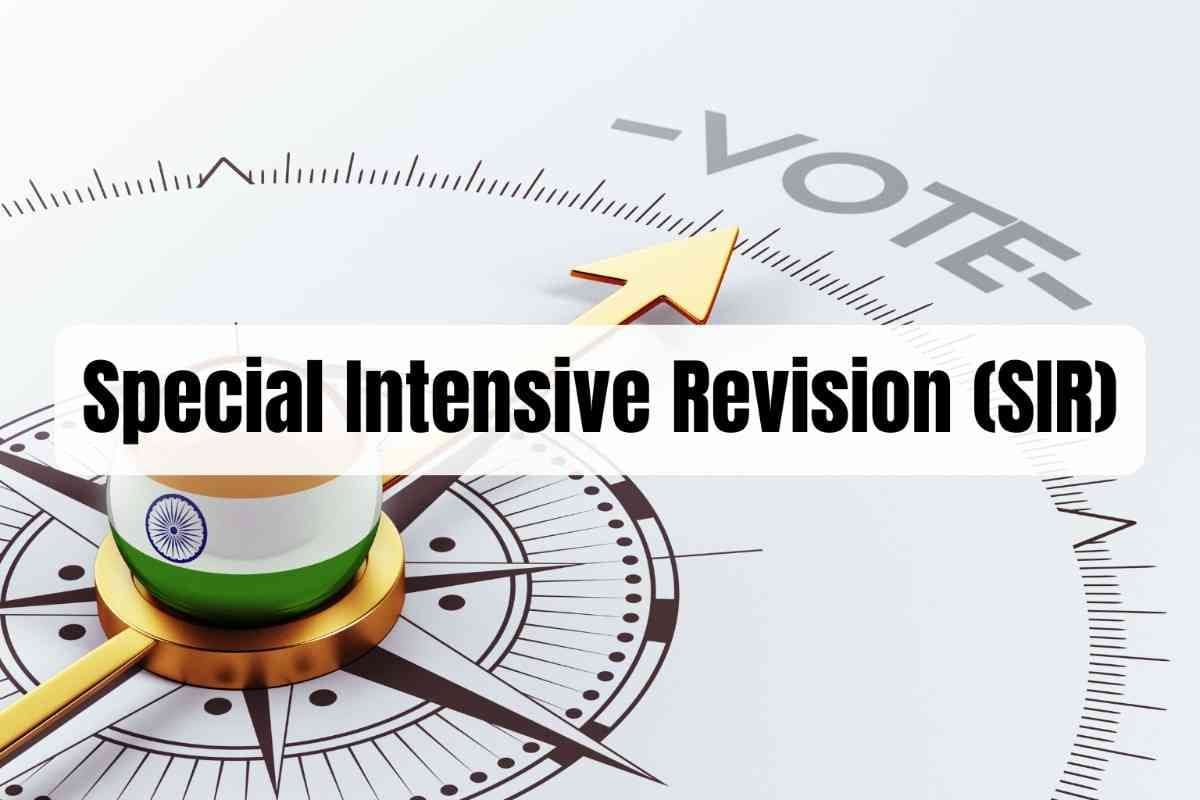Current Affairs 2024 - Coastal Regulation Zone
Feb, 2025
•3 min read
Why in News?
The Union Ministry of Environment, Forest and Climate Change has approved the Coastal Zone Management Plans (CZMPs) for 10 coastal districts of Kerala, paving the way for sustainable coastal development.
Introduction
The Coastal Zone Management Plan (CZMP) is a strategic framework aimed at conserving coastal ecosystems while enabling sustainable development. It plays a pivotal role in regulating human activities along the coastline to strike a balance between economic growth and ecological preservation. Kerala, with its 590-km coastline, holds immense ecological, economic, and cultural significance, making the approval of its CZMPs a crucial step toward effective coastal governance.
Coastal Regulation Zone (CRZ) Norms, 2018
The CZMP is governed by Coastal Regulation Zone (CRZ) norms, categorized into four zones based on ecological sensitivity, development levels, and usage.
CRZ Categories
- CRZ-I (Ecologically Sensitive Areas)
- Includes mangroves, coral reefs, mudflats, and turtle nesting grounds.
- No new construction is allowed except for projects of national importance like the Department of Atomic Energy and essential infrastructure such as pipelines and roads.
- Regulated by the Union Government.
- CRZ-II (Developed Areas)
- Comprises urbanized land areas close to the shoreline within municipal limits.
- Permits reconstruction of buildings, ports, and facilities for petroleum products.
- Regulated by the State Government.
- CRZ-III (Rural Areas)
- CRZ-III A: Densely populated areas with a 50-meter No Development Zone (NDZ).
- CRZ-III B: Sparsely populated areas with a 200-meter NDZ.
- Allows temporary tourism facilities within the NDZ and minor authorized repairs.
- Regulated by the State Government.
- CRZ-IV (Aquatic Areas)
- Covers areas from the low tide line up to territorial waters and tidal-influenced water bodies.
- No restrictions on traditional fishing by local communities.
- Regulated by the Union Government.

Key Objectives of the Coastal Zone Management Plan
- Environmental Protection
- Protects ecologically sensitive zones like mangroves, wetlands, and coral reefs.
- Prevents unregulated construction in vulnerable coastal zones to curb habitat destruction.
- Sustainable Development
- Balances coastal development with environmental sustainability.
- Encourages eco-tourism and greenfield projects in non-sensitive areas under regulatory supervision.
- Disaster Mitigation
- Enhances coastal resilience against cyclones, tsunamis, and sea-level rise by maintaining natural barriers like mangroves.
- Integrates disaster risk reduction into coastal planning.
- Community Livelihoods
- Protects the traditional rights of fishing communities, allowing sustainable practices.
- Promotes alternative livelihoods through eco-tourism and coastal agriculture.
- Regulatory Frameworks
- Ensures strict adherence to CRZ norms, reducing conflicts between development and conservation.
- Facilitates inter-departmental coordination for effective implementation.

Key Challenges in Coastal Zone Management
- Urbanization Pressure
- Unregulated urban expansion threatens fragile coastal ecosystems.
- Unauthorized construction and sand mining exacerbate ecological degradation.
- Climate Change Impact
- Rising sea levels and increased frequency of cyclones impact coastal habitats and communities.
- Kerala's coastline is particularly vulnerable to erosion, with 63% of its shoreline affected.
- Enforcement and Compliance
- Poor enforcement of CRZ norms due to lack of manpower and resources.
- Encroachments in ecologically sensitive areas persist despite regulations.
- Conflicts Between Development and Conservation
- Infrastructural projects like ports and tourism facilities often conflict with ecological preservation.
- Balancing economic priorities with environmental concerns remains a challenge.
- Lack of Awareness
- Insufficient awareness among stakeholders, including local communities and developers, regarding CRZ norms.
- Limited participation of grassroots organizations in coastal management planning.

Way Forward
- Strengthening Monitoring Mechanisms
- Deploying technology like satellite imagery and GIS for real-time monitoring of coastal zones.
- Establishing dedicated coastal management authorities with clear mandates.
- Enhancing Community Participation
- Involving local communities in decision-making processes through awareness campaigns and consultations.
- Promoting community-driven conservation initiatives.
- Climate Adaptation Strategies
- Developing climate-resilient infrastructure along the coastline.
- Restoring natural barriers such as mangroves and dunes to mitigate the impact of climate change.
- Capacity Building and Training
- Training officials and local bodies to implement CRZ norms effectively.
- Conducting workshops and campaigns to educate stakeholders about coastal conservation.
- Research and Innovation
- Promoting research in coastal biodiversity, climate resilience, and sustainable development practices.
- Encouraging innovative technologies like artificial reefs and erosion-resistant structures.

Conclusion
The approval of Kerala's Coastal Zone Management Plans marks a significant step toward achieving sustainable coastal governance. By integrating environmental conservation with developmental aspirations, the CZMP aims to ensure the long-term resilience of coastal ecosystems and communities. Addressing challenges such as enforcement gaps, urbanization pressure, and climate change impacts will be critical to the success of the plan. A collaborative and inclusive approach is essential to realize the full potential of the CZMP in preserving India’s rich coastal heritage while fostering sustainable growth.
Weekly News Analysis by SuperKalam
Related Blogs
![Vijay Diwas 2025: Why 16 December is Celebrated [UPSC Current Affairs]](/_next/image?url=https%3A%2F%2Fblog-media.superkalam.com%2FVijay_Diwas_2631842d69.jpeg&w=3840&q=75)
Vijay Diwas 2025: Why 16 December is Celebrated [UPSC Current Affairs]
Dec, 2025
•6 min read

Special Intensive Revision (SIR) of Electoral Rolls: Definition, Objectives, Significance, & Challenges
Dec, 2025
•4 min read

UNICEF Day 2025: 79 Years of Global Commitment to Child Rights & Protection
Dec, 2025
•4 min read